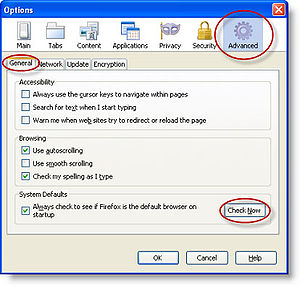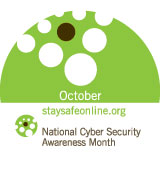
Image via Wikipedia
Remember, it's what you don't know that hurts you. And if you don't know about it this latest cyber threat---you're far more likely to fall for it.
The below video explains the dangers this phishing scheme poses but here's how the plot works;
Unbeknown to you, a site you previously visited contained a hidden JacaScript code that latched onto you -waiting to spring into action...once you open another tab. The code then secretly alters the contents and label of the then open, but not longer active, tabbed browser page. Once you click back on the now altered tab, you see the standard looking log-in page (think Gmail account, bank account, etc.) and falsely believe it simply timed-out.
So of course what do we then do? We simply re-enter our personal password without suspecting it's a hacked page. And that is exactly what the hackers bank on.
According to Aza Raskin, Mozilla Firefox creative lead, whenever you log into a website, regardless of whether or not you have tabs open in the browser, you should check the URL to make sure it is using a secure https:// address. If the URL doesn't look right, have a padlock, close the tap and open a new one and re-enter the URL. You should also know that all browsers in Windows and Mac are vulnerable to Tabnapping.
Watch this video to learn more on how "Tabnapping" occurr -and the various ways hackers make use of the data collected.
A New Type of Phishing Attack from Aza Raskin on Vimeo.


 NEWSLETTER SIGN UP
NEWSLETTER SIGN UP SUBSCRIBE
SUBSCRIBE CONTACT
CONTACT

















Leave a comment